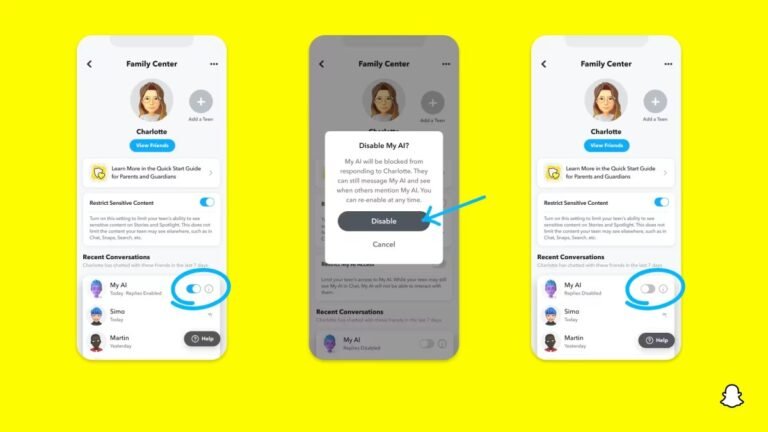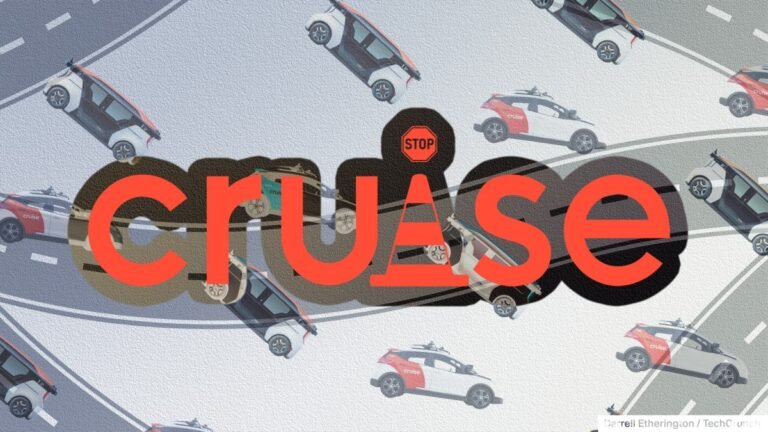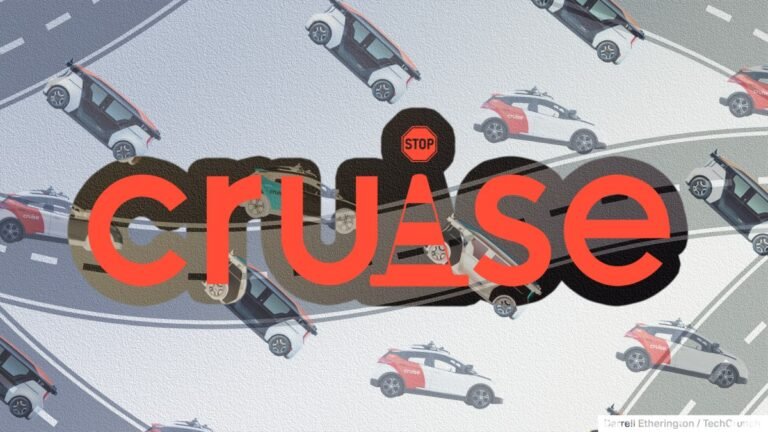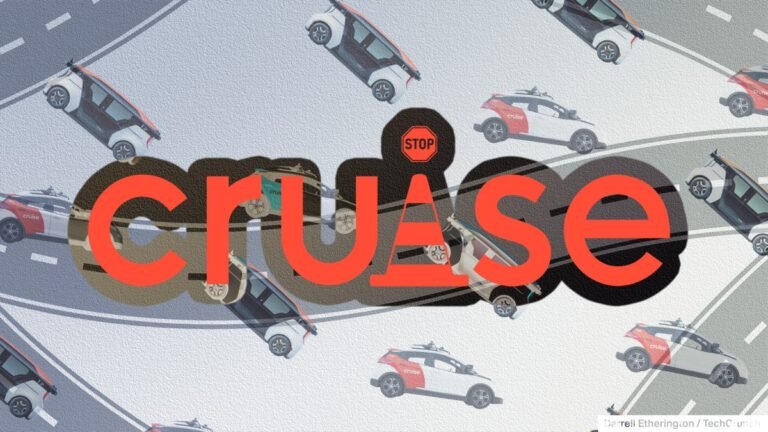
Snapchat is introducing new parental controls that will allow parents to restrict their teens from interacting with the app’s AI chatbot.
The changes will also allow parents to view their teens’ privacy settings, and get easier access to Family Center, which is the app’s dedicated place for parental controls.
Parents can now restrict My AI, Snapchat’s AI-powered chatbot, from responding to chats from their teen.
As for parents who may be unaware about the app’s parental controls, Snapchat is making Family Center easier to find.
Parents can now find Family Center right from their profile, or by heading to their settings.

Last year the Commission released some documents relating to its exchanges with the company in question but denied access to others.
But EU legislation is a three way affair — requiring buy in from the Commission and Council, too.
Here’s the statement, attributed to European Commission spokesperson for Home Affairs, Anitta Hipper:The Commission will provide access to documents as appropriate and within our legal framework.
Specifically, as regards the Ombudsman recommendation, the Commission will carefully consider the recommendation of the Ombudsman.
We reached out to Thorn but it did not respond to a request for comment about the ombudsman’s inquiry.

Eye-tracking tech has been making its way into cars for years as a safety feature, especially with the rise of driver assistance software.
Now, Bosch thinks the tech could offer some other benefits – and it’s showing off two ideas this week at CES 2024 in Las Vegas.
The first scenario is pretty straightforward (and very European): You’re driving home and the car recognizes that you’re looking pretty drowsy.
The other is far more complicated: Eye-tracking tech could be used during your drive to figure out what points of interest you’re looking at, and the car could offer contextual information.
Since Bosch is merely a supplier here, it’s up to the automakers to decide if – and more importantly, how – it wants to implement these ideas.

Pornhub’s parent company Aylo Holdings will pay $1.8 million to the U.S. government to resolve a charge of profiting off of sex trafficking.
In the worst cases, this can mean that victims of sex trafficking are portrayed in these adult videos against their will, or even without their knowledge.
By 2019, a federal grand jury in the Southern District of California indicted GDP for sex trafficking, among other charges.
But it wasn’t until several months after GDP was found guilty of sex trafficking that the network’s videos were removed from Pornhub and other Aylo sites.
Among other safety measures, the act requires platforms to comply with certain child protection provisions.

Google is launching a few updates to Chrome on desktop this week that aim to make your browsing experience a bit safer and give you more control over your browser’s memory usage.
The marquee feature for this update is proactive Safety Check.
Starting with version 120, which actually launched a few weeks ago, desktop Chrome’s Safety Check on desktop will now run in the background and send out proactive alerts when it detects if a password in Chrome has been compromised or when an extension you’ve installed is malware.
It’ll also remind you to update Chrome.
Google is also highlighting two other updates to Chrome on desktop today.

“Intrinsic is a fully customizable AI content moderation platform,” Mellata said.
Intrinsic, he explained, lets customers “ask” it about mistakes it makes in content moderation decisions and offers explanation as to its reasoning.
The platform also hosts manual review and labeling tools that allow customers to fine-tune moderation models on their own data.
“Most conventional trust and safety solutions aren’t flexible and weren’t built to evolve with abuse,” Mellata said.
“The broader slowdown in tech is driving more interest in automation for trust and safety, which places Intrinsic in a unique position,” Mellata said.

OpenAI is expanding its internal safety processes to fend off the threat of harmful AI.
In-production models are governed by a “safety systems” team; this is for, say, systematic abuses of ChatGPT that can be mitigated with API restrictions or tuning.
Frontier models in development get the “preparedness” team, which tries to identify and quantify risks before the model is released.
So, only medium and high risks are to be tolerated one way or the other.
For that reason OpenAI is making a “cross-functional Safety Advisory Group” that will sit on top of the technical side, reviewing the boffins’ reports and making recommendations inclusive of a higher vantage.

Cruise spokesperson Erik Moser confirmed the departures and shared a statement, but declined to comment on whether these employees were fired.
“Today, following an initial analysis of the October 2 incident and Cruise’s response to it, nine individuals departed Cruise.
A video, which TechCrunch viewed a day after the incident, showed the robotaxi braking aggressively and coming to a stop over the woman.
Morale at Cruise has been low since the October 2 incident, with employees pointing the finger at poor management that didn’t prioritize safety at the company.
Initial layoffs affected contract workers who had jobs cleaning, charging and maintaining the vehicles as well as answering customer support inquiries.

Cruise spokesperson Erik Moser confirmed the departures and shared a statement, but declined to comment on whether these employees were fired.
“Today, following an initial analysis of the October 2 incident and Cruise’s response to it, nine individuals departed Cruise.
A video, which TechCrunch viewed a day after the incident, showed the robotaxi braking aggressively and coming to a stop over the woman.
Morale at Cruise has been low since the October 2 incident, with employees pointing the finger at poor management that didn’t prioritize safety at the company.
Initial layoffs affected contract workers who had jobs cleaning, charging and maintaining the vehicles as well as answering customer support inquiries.

Cruise spokesperson Erik Moser confirmed the departures and shared a statement, but declined to comment on whether these employees were fired.
“Today, following an initial analysis of the October 2 incident and Cruise’s response to it, nine individuals departed Cruise.
A video, which TechCrunch viewed a day after the incident, showed the robotaxi braking aggressively and coming to a stop over the woman.
Morale at Cruise has been low since the October 2 incident, with employees pointing the finger at poor management that didn’t prioritize safety at the company.
Initial layoffs affected contract workers who had jobs cleaning, charging and maintaining the vehicles as well as answering customer support inquiries.













